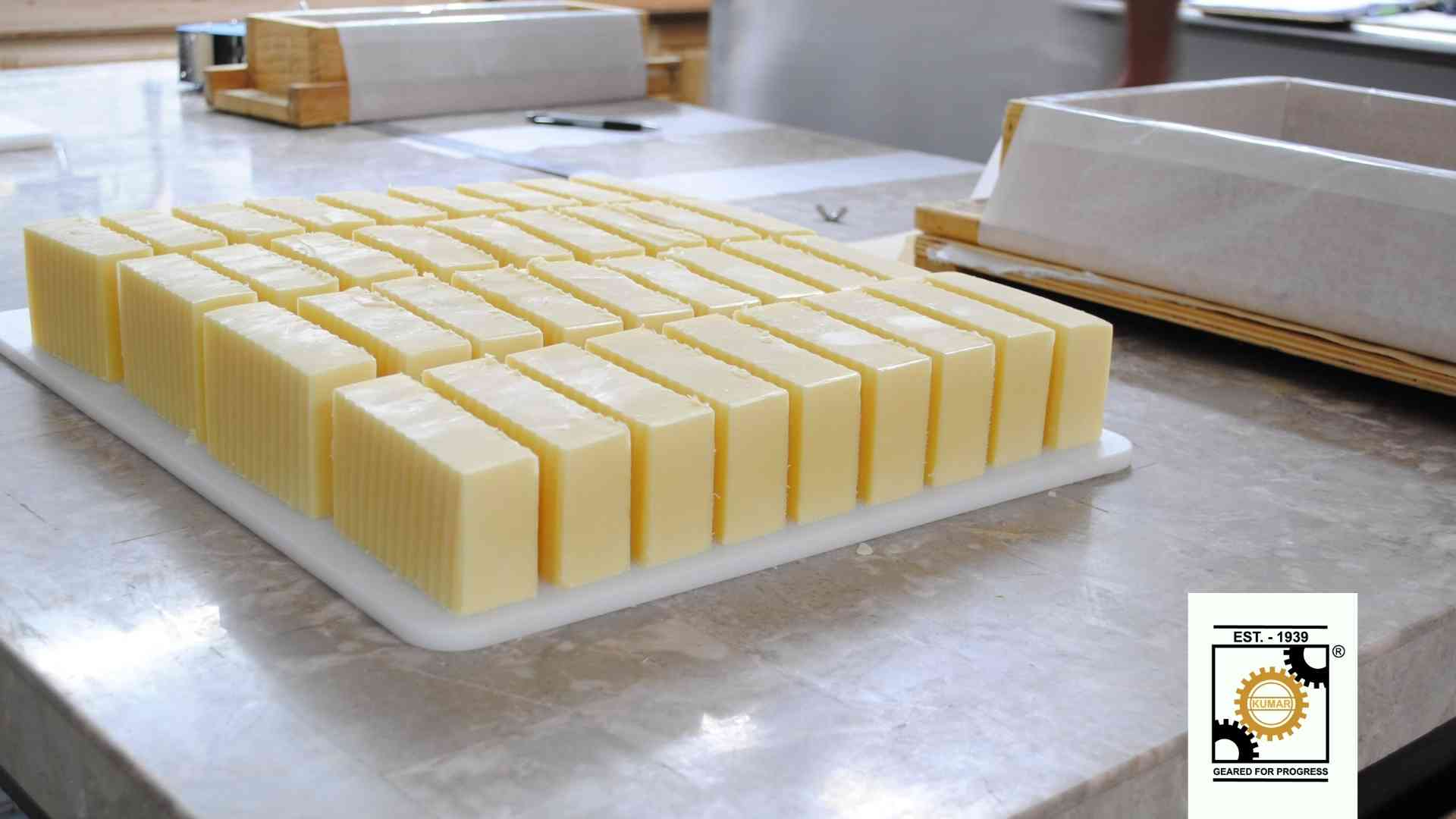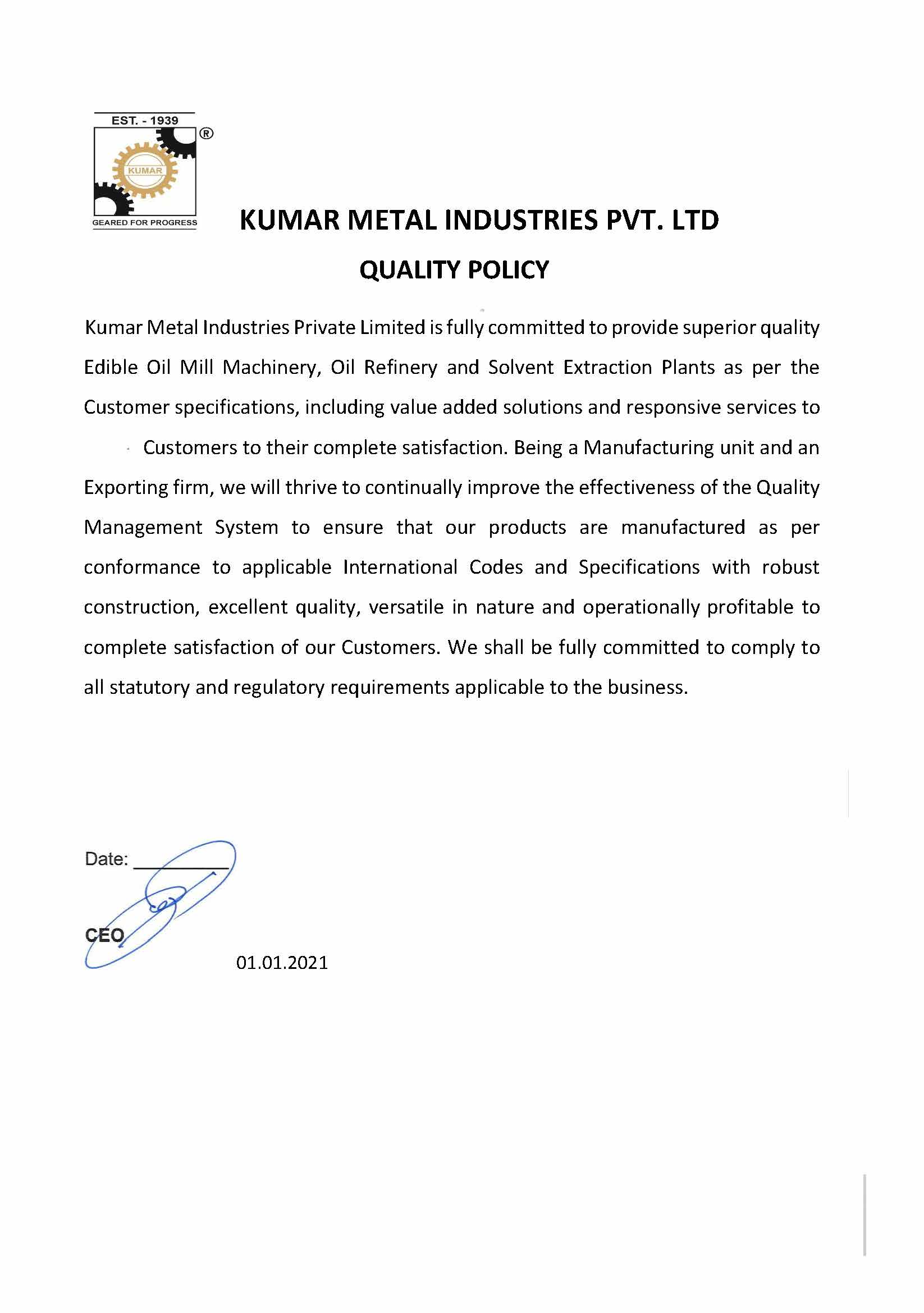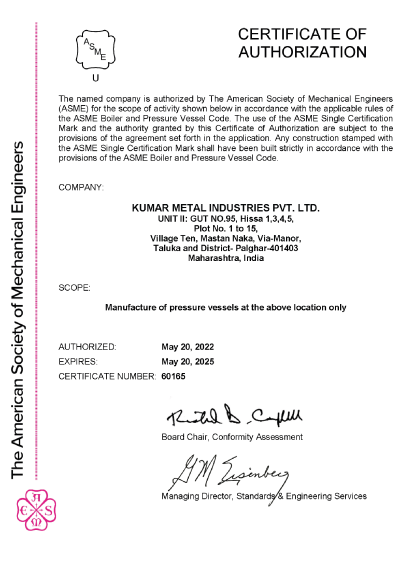
Oleochemicals are produced from oils and fats, whether of plant or animal, including fish, origin. A wide variety of oils and fats are consumed for producing a large number of oleochemicals. All the naturally available oils and fats can be divided into vegetable, animal and fish oils. Some plant-based byproducts like tall oil also contain triglyceride oils to some extent and can be used to produce oleochemicals.
The major sources of oils and fats are listed in the following table. Most of them are utilized to make oleochemicals.
TABLE 1: MAJOR SOURCES OF OILS AND FATS
| VEGETABLE OILS | ANIMAL FATS |
| Groundnut | Butter |
| Mustard / Rapeseed | Lard |
| Sesame | Tallow |
| Soybean | |
| Sunflower | |
| Safflower | FISH OILS |
| Niger | Sardine |
| Castor | Cod |
| Linseed | Whale |
| Cottonseed | |
| Corn | |
| Coconut | OTHER |
| Palm | Tall oil |
| Palm kernel | |
| Hazelnut | |
| Ricebran |
Most of these vegetable oils are obtained from seeds of cultivated crops. However, coconut, palm oil, palm kernel oil, are obtained from large plants, which are also commercially cultivated. Ricebran oil is obtained from ricebran which is a byproduct of the rice milling industry.
Animal fats may be differentiated as milk fats and body fats. Thus, butter is a milk fat, while lard and tallow are obtained from animal bodies.
Fish oils may be treated as a special class of animal oils. Oils and fats obtained from different body parts of fish are also used separately. For example, cod liver oil.
Tall oil is a byproduct of pine pulp industry and therefore, treated separately in this classification.
In addition to these common sources of oils and fats listed in the above table, there are innumerable minor tree-borne oilseeds, especially in India. Many of these tree-borne oilseeds have some unique fatty acids. These sources have not been fully exploited today, but efforts are ongoing to make the utilization of these tree-borne oilseeds for making oleochemicals commercially viable. Since these oilseeds are borne by trees in forests, their collection is the major bottleneck in their utilization. If their collection in large quantities is streamlined properly and efficiently, they can be exploited for making many specialty oleochemical derivatives. Processing protocols for these oilseeds have been researched and developed during the past several decades. In addition, there are several minor oilseeds which are obtained from small cultivated plants, such as watermelon; and vegetables like ambadi. These other minor oilseeds can also be used to produce various oleochemicals if they can be collected and processed in large quantities.
The following table lists the major tree-borne and other minor oilseeds.
TABLE 2: IMPORTANT MINOR OILSEEDS IN INDIA
| Sal | Timba | Tea seed |
| Mahua | Kokum | Tobacco seed |
| Mango kernel | Khakan | Watermelon |
| Dhupa | Maroti | Ambadi |
| Karanja | Neem | Grapeseed |
| Rubber seed | Pilu | |
| Tung | Nahor | |
| Gokhru | Jute seed | |
| Kusum | Wild Castor | |
| Undi | Jatropha | |
| Pisa |
Many of these minor oilseeds like mango kernel, kokum, sal, mahua, karanja, are consumed for making different oleochemical derivatives for various applications. However, their volumes are rather low today.
Many countries in the world have identified useful minor oilseeds from their local flora and are in the process of developing them for commercialization. Some of them have already reached commercial cultivation stage, especially in the USA and Western Europe. These new oilseeds are being promoted in a big way to increase their vegetable oil output in their respective countries. Some of these minor oilseeds under development in the western countries are listed in the following table.
TABLE 3: MINOR OILSEEDS UNDER DEVELOPMENT IN WESTERN COUNTRIES
| Crambe | Cuphea |
| Meadowfoam | Chia |
| Coriander | Honesty |
| Lesquerella | Jojoba |
| Veronia | Caperspurge |
| Marigold | False Flax |
In addition to all these minor oilseeds, efforts are on to modify conventional oilseeds by genetic engineering to give the required or targeted fatty acids in desired percentages. Many of these genetically engineered oilseeds like soybean and rapeseed (mustard) are now being commercially cultivated in many countries. These are used either for producing edible oils and even some oleochemicals.
Although many of the oils and fats obtained from the above sources are consumed edible oils and fats, significant quantities of the almost all of them are being used to make various oleochemical derivatives. If not directly, some of the byproducts obtained during their refining process are utilized for producing oleochemicals. Some of these oleochemical applications of selected vegetable oils are listed in the following table. This list is not exhaustive, but indicates the diverse nature of applications of these oils in various industry sectors. As mentioned earlier, glycerine is obtained from all of them during their processing and conversion to basic oleochemicals.
TABLE 4: MAJOR APPLICATIONS OF SELECTED VEGETABLE OILS
| VEGETABLE OILS | APPLICATIONS |
| Soybean oil | Low grade soaps, Fatty acids, Methyl esters, etc. |
| Cottonseed oil | Alkyd resins |
| Coconut oil | Soaps, Fatty acids |
| Palm oil | Soaps, Fatty acids |
| Palm kernel oil | Soaps, Fatty acids |
| Castor oil | Hydroxy fatty acids, Dehydrated castor oil, etc. |
| Linseed oil | Paints, Coatings |
The chemical composition of these oils and fats decides which oleochemical derivatives can be produced from them. All oils and fats are chemically triglycerides, i.e., tri-esters of glycerol (glycerine) and different short- and / or long-chain fatty acids. Glycerine is the common alcohol component in all these triglycerides present in all oils and fats; whether of plant, animal or fish origin. Therefore, glycerine is obtained from all of them during the primary operations to produce oleochemicals. But the fatty acids obtained from these oils and fats differ from each other. These fatty acids are the “building blocks” of the oleochemical derivatives. Nature of these fatty acids – i.e., characteristics such as saturation, unsaturation, presence of other functional groups, etc. – is important consideration in their end-uses. Thus, it will be useful to know the major oils and fats and their fatty acid composition to understand the oleochemicals that can be produced from each of them.
Typical fatty acid composition of selected oils and fats are presented in the following table.
TABLE 5: TYPICAL FATTY ACID COMPOSITION OF SELECTED OILS AND FATS
| FATTY ACIDS | SOYBEAN OIL | PALM OIL | PALM KERNEL OIL | COCONUT OIL | LINSEED OIL | CASTOR OIL | TALLOW | LARD |
| Caproic (C6) | 0.3 | 0.5 | ||||||
| Caprylic (C8) | 3.9 | 7.5 | ||||||
| Capric (C10) | 4.0 | 7.0 | ||||||
| Lauric (C12) | 49.6 | 48.0 | 0.5 | |||||
| Myristic (C14) | 16.0 | 16.5 | 3.0 | 1.5 | ||||
| Myristoleic (C14:1) | 1.0 | 0.5 | ||||||
| Palmitic (C16) | 10.5 | 47.0 | 8.0 | 8.0 | 5.5 | 1.0 | 26.0 | 26.0 |
| Palmitoleic (C16:1) | 1.0 | 2.5 | 4.0 | |||||
| Margaric (C17) | 0.5 | 0.5 | ||||||
| Heptadecenoic (C17:1) | 0.5 | 0.5 | ||||||
| Stearic (C18) | 3.0 | 4.0 | 2.4 | 4.0 | 3.5 | 1.0 | 22.5 | 13.5 |
| Dihydroxystearic | 1.5 | |||||||
| Oleic (C18:1) | 22.5 | 37.5 | 13.7 | 5.0 | 19.0 | 3.0 | 43.0 | 43.0 |
| Ricinoleic | 89.0 | |||||||
| Linoleic (C18:2) | 54.5 | 10.0 | 2.0 | 2.5 | 15.5 | 4.0 | 1.5 | 9.0 |
| Linolenic (C18:3) | 8.5 | 57.0 | 0.5 | |||||
| Arachidic (C20) | 9.1 | 0.5 | ||||||
| Arachidonic (C20:1) | 1.0 | 0.5 | 1.0 |
The above fatty acid compositions of selected oils and fats offer a glimpse of the diversity of fatty acid molecules present in different sources. All the oils and fats used to make oleochemicals are not listed here due to lack of space.
Thus, the above oils and fats (and others) will produce different types of fatty acids in varied compositions when processed through different unit operations. These mixtures of fatty acids are then distilled or purified to obtain commercial grades of the respective fatty acids or their mixtures. Glycerine is obtained by refining of the aqueous solution which is separated from the fatty acid mixture after hydrolysis of oils.
Thus, the basic oleochemicals – fatty acid mixtures and their purified fractions and glycerine – are produced from oils and fats. These basic oleochemicals then undergo different chemical processes to form various oleochemical derivatives.
Request a callback
Since 1939, Kumar has been delivering dependable process engineering solutions to the oils and fats industry. We're known for our robustly engineered, versatile, and operationally profitable plant and machinery. It's why customers all over the world depend on us to solve their processing challenges, big or small. If you'd like to know more about our solutions, please fill out the form below:
"*" indicates required fields



















